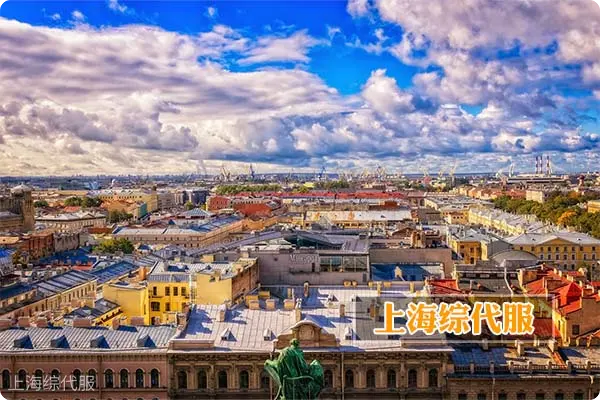At the recent G7 summit in Hiroshima, Japan, leaders announced new economic sanctions against Russia, targeting mainly its military-industrial potential and exports of important goods, while targeting individuals and entities accused of providing Russia with front-line transportation goods.
The U.S. Department of Commerce has imposed export restrictions on 71 companies associated with Russia, including some companies from Armenia and Kyrgyzstan. In addition, the U.S. has restricted exports of 1224 categories of products to Russia and Belarus, including a range of tools and electrical appliances, photographic paper and other paper products, paint, cartridges, boats and passenger vehicles, food industry equipment, etc. In this action, the U.S. Department of Commerce’s Industrial Security Administration and the U.S. Treasury’s Financial Crime Enforcement Network (FinCEN) issued a joint warning to provide financial institutions with more information on export controls to Russia, urging them to be alerted about Russia’s possible evasion of export controls.
As European and American companies evacuated from the Russian and Belarusian markets, these markets emerged as vacuum zones, offering new opportunities for Chinese. According to the Russian TV website today, between January and April 2023, China-Russia trade increased by 41%, to more than $73 billion. China supplied Russia with electronics, equipment, household appliances, automobiles and a range of consumer goods. China-Russia bilateral trade is expected to break the $200 billion threshold this year and may reach $2500 billion in the future.
Aleksei Maslov, president of the Academy of Asian and African Studies at the University of Moscow, noted that Chinese manufacturers have replaced some European manufacturers. For example, suppliers have been completely replaced in the field of petrochemical and polymer materials previously dominated by the EU. In addition, now all electrical equipment (home and industrial) supply contracts are also entirely executed by Chinese enterprises. This means that Chinese manufacturing is filling the market gaps generated by sanctions, especially in terms of exports of automobiles and their parts.
Two months ago, Russia was far ahead, becoming the worlds largest Chinese car importer. Chinese brand cars such as Harvey, Cherry, Gillies are gradually replacing Western brands in the Russian market. In the relatively optimistic forecasts of Russian local agencies, Chinese brand cars are expected to take over half the market share in 2023, and completely dominate Russia, Europes second-largest and eighth-largest car market. However, because Russia is a high-latitude, oil-rich country, and a small policy support for the promotion of electric vehicles, so the export model is mainly fuel vehicles.
Of course, Chinese companies will also face some challenges in the process of exploring the Russian market, especially the question of how to collect money. Currently, Chinese companies can use cross-border yuan to charge Russian buyers’ money, but if the payment lines of the sanctioned bank are involved, the money is likely to be returned. When receiving Russian orders, Chinese exporters need to act cautiously to avoid risks as much as possible, such as asking Russian buyers to first contact their payment banks to find out whether they are on the European-American sanctions list, and if they are not on the sanctions list, then asking customers if they support yuan payments.
In summary, although the new G7 sanctions policy put pressure on Russia, it also opened up new market opportunities for Chinese companies. For Chinese companies, especially the manufacturing industry, this is a huge market breakthrough and a good opportunity to increase international influence and market share. But while taking advantage of opportunities, companies also need to fully understand the market situation, evaluate risks, reasonably plan development strategies and ensure the healthy and stable development of their business.



 Follow customer service WeChat
Follow customer service WeChat